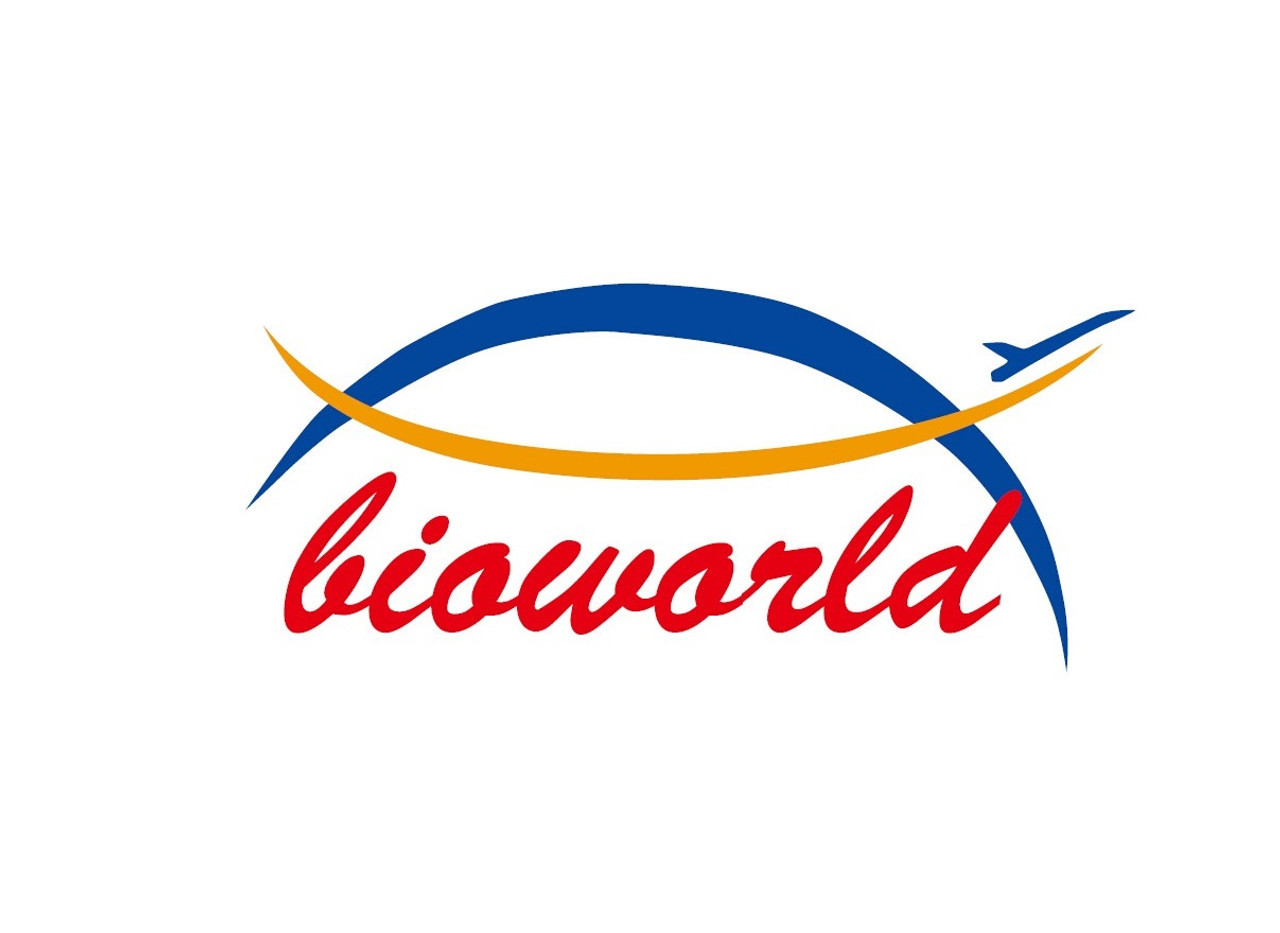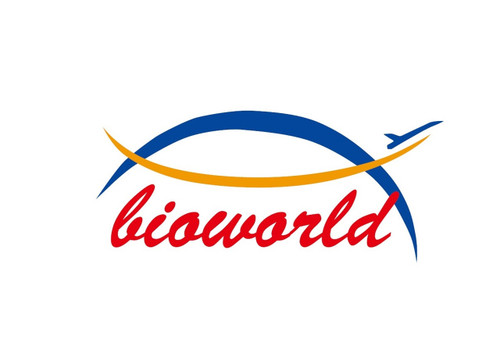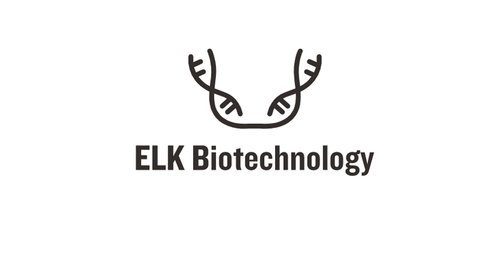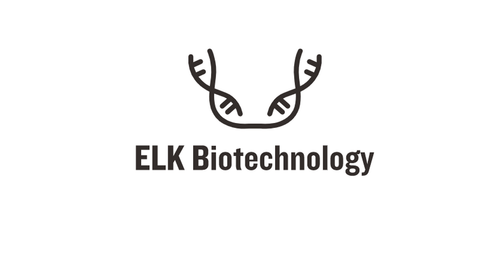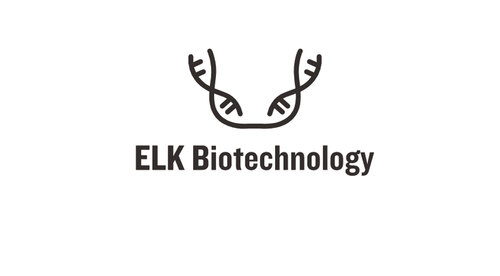Product Description
PKC δ/PRKCD polyclonal Antibody | BS61800 | Bioworld
Host: Rabbit
Reactivity: Human,Mouse,Rat
Application: WB
Application Range: WB: 1:500~1:2000
Background: Activation of protein kinase C (PKC) is one of the earliest events in a cascade that controls a variety of cellular responses, including secretion, gene expression, proliferation, and muscle contraction. PKC isoforms belong to three groups based on calcium dependency and activators. Classical PKCs are calcium-dependent via their C2 domains and are activated by phosphatidylserine (PS), diacylglycerol (DAG), and phorbol esters (TPA, PMA) through their cysteine-rich C1 domains. Both novel and atypical PKCs are calcium-independent, but only novel PKCs are activated by PS, DAG, and phorbol esters. Members of these three PKC groups contain a pseudo-substrate or autoinhibitory domain that binds to substrate-binding sites in the catalytic domain to prevent activation in the absence of cofactors or activators. Control of PKC activity is regulated through three distinct phosphorylation events. Phosphorylation occurs in vivo at Thr500 in the activation loop, at Thr641 through autophosphorylation, and at the carboxy-terminal hydrophobic site Ser660. Atypical PKC isoforms lack hydrophobic region phosphorylation, which correlates with the presence of glutamic acid rather than the serine or threonine residues found in more typical PKC isoforms. The enzyme PDK1 or a close relative is responsible for PKC activation. A recent addition to the PKC superfamily is PKCμ (PKD), which is regulated by DAG and TPA through its C1 domain. PKD is distinguished by the presence of a PH domain and by its unique substrate recognition and Golgi localization. PKC-related kinases (PRK) lack the C1 domain and do not respond to DAG or phorbol esters. Phosphatidylinositol lipids activate PRKs, and small Rho-family GTPases bind to the homology region 1 (HR1) to regulate PRK kinase activity.PKCδ is classified among the calcium-independent, diacylglycerol-activated "novel" members of the PKC superfamily, which includes PKCδ, ε, η, and θ. Unlike other PKC family members, whose activation appears to contribute to tumorigenesis, PKCδ appears to function as a tumor suppresor as down-regulation of this enzyme is associated with tumor progression. Like other conventional and novel PKCs, PKCδ is potently activated by diacylglycerol and phorbol ester and its kinase activity is modulated by phosphorylation within the conserved activation loop (Thr505) as well as the autophosphorylation site (Ser645) and hydrophobic, carboxy-terminal residue (Ser664) . Interestingly, PKCδ funtionality is uniquely regulated by phosphorylation at tyrosine residues by receptor tyrosine kinases, members of the Src kinase family, and c-Abl. For more information regarding PKCδ phosphorylation sites, please see PhosphoSitePlus® (www.phosphosite.org) .
Storage & Stability: Store at 4°C short term. Aliquot and store at -20°C long term. Avoid freeze-thaw cycles.
Specificity: PRKCD pAb detects endogenous levels of PRKCD protein.
Molecular Weight: ~ 78 kDa
Note: For research use only, not for use in diagnostic procedure.
Alternative Names: Protein kinase C delta type; Tyrosine-protein kinase PRKCD; nPKC-delta; Protein kinase C delta type regulatory subunit; Protein kinase C delta type catalytic subunit; Sphingosine-dependent protein kinase-1; SDK1; PRKCD
Immunogen: Synthetic peptide, corresponding Human PRKCD.
Conjugate: Unconjugated
Modification: Unmodification
Purification & Purity: The Antibody was affinity-purified from rabbit antiserum by affinity-chromatography using epitope-specific immunogen and the purity is > 95% (by SDS-PAGE) .
Pathway: Nuclear Receptor Signaling,
 Euro
Euro
 USD
USD
 British Pound
British Pound
 NULL
NULL

